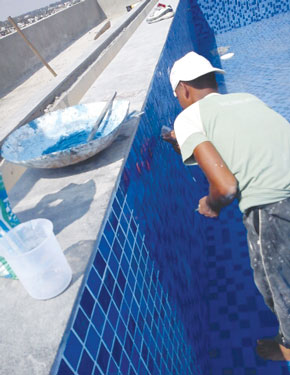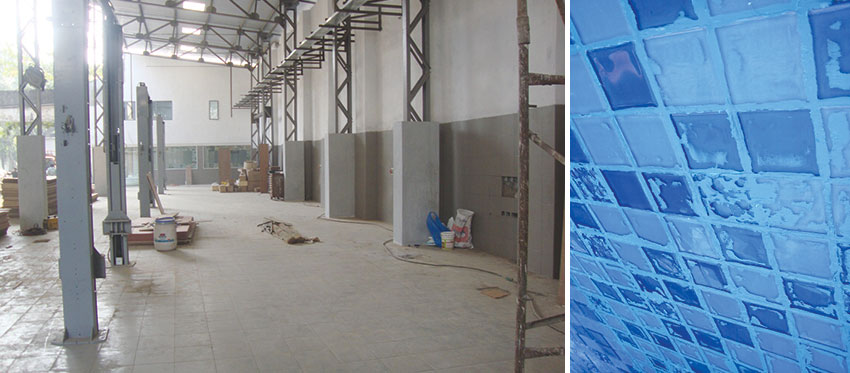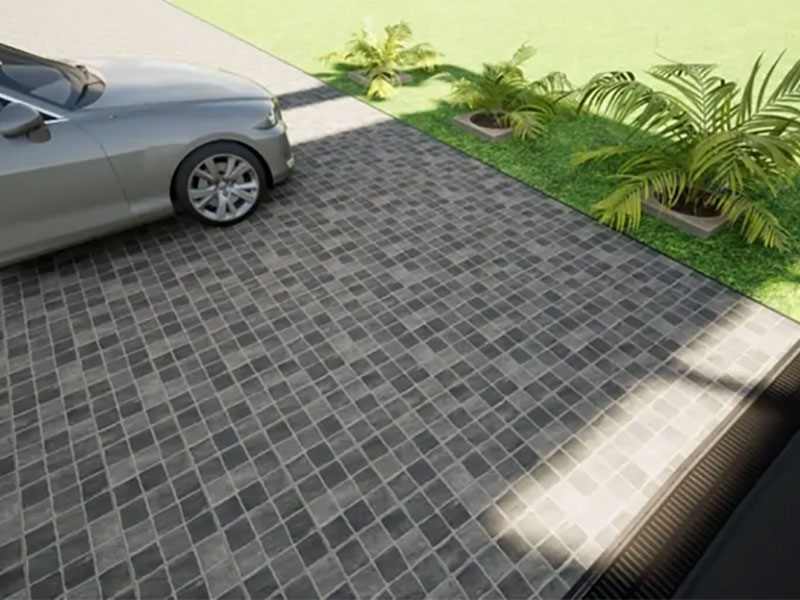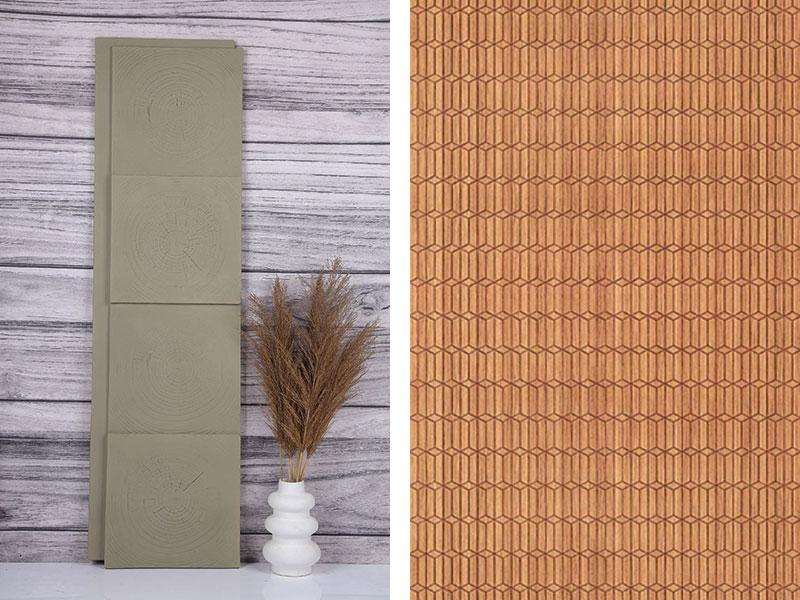 |
| Mr. Sanjay Bahadur, Global CEO, Construction Chemicals (makers of Dr. Fixit & Roff), Pidilite Industries |
After investing money in possessing the dream home a lot of efforts go in maintaining it so that the house looks beautiful and sparkling for years to come. One of the major concern areas is maintaining the flooring of the house. Even after cleaning the tiles meticulously sometimes they look dirty.

To prevent leakage in dry walls and to protect water splash areas one can use waterproof adhesive beneath tiles instead of adhering it with cement. Cement generally tends to settle and contracts hence causes cracking of tiles, hollow sound and debonding. Tiles should be adhered with a glass tile adhesive – which is 100% waterproof adhesive and can even work underwater.
Very often people are looking for seamless tiling for their kitchens and bathroom. Whereas ideally the tiles should be installed with a minimum gap of 2mm. The cement which is used to fill the tile gaps turn black with fungal growth giving the flooring a dirty look. Spillage of ghee, turmeric, ketchup, leafy vegetables is common in kitchen the same affects the tiling gaps and leads to decolorizing of the cement.
While products like vinegar, soft drinks can lead to erosion of the cement. Most households are unaware of the impact of these products on their tiles.

Using a Rainbow Tile Mate epoxy grout is the best way to filling tile joints in kitchen and bathroom areas. These epoxy grouts are called tile mate as they are stain resistant, antibacterial, non-cracking and above all they are CFTRI approved for their food grade quality.
Kitchen and bathrooms are highly exposed to temperature variations which generally lead to contraction in cement joints leading to breakage of tiles, chipping off the cement filling etc. These RTM epoxy grouts then act as a permanent waterproof joint filler that can sustain temperature upto 1000C.
Unlike cement these epoxy grouts are stain resistant and are available in 22 shades and can be used in contrast colors of the tiles as that adds to the effect of the kitchen and highlights the kitchen or bathroom tiling.
While there are plethora of products available in the market to keep it clean some of them could be actually harming your flooring. It is advisable to avoid harsh chemicals on tiles to remove stains or dirt and maintain the shine. Using something like a Roff Ceraclean can help as it has been specially made to clean the tiles and ceramic wares e.g wash basin. Its pH is well balanced to remove those tough stains of hard water and paint and keep your floor looking fresh and ensures its durability for years to come.















